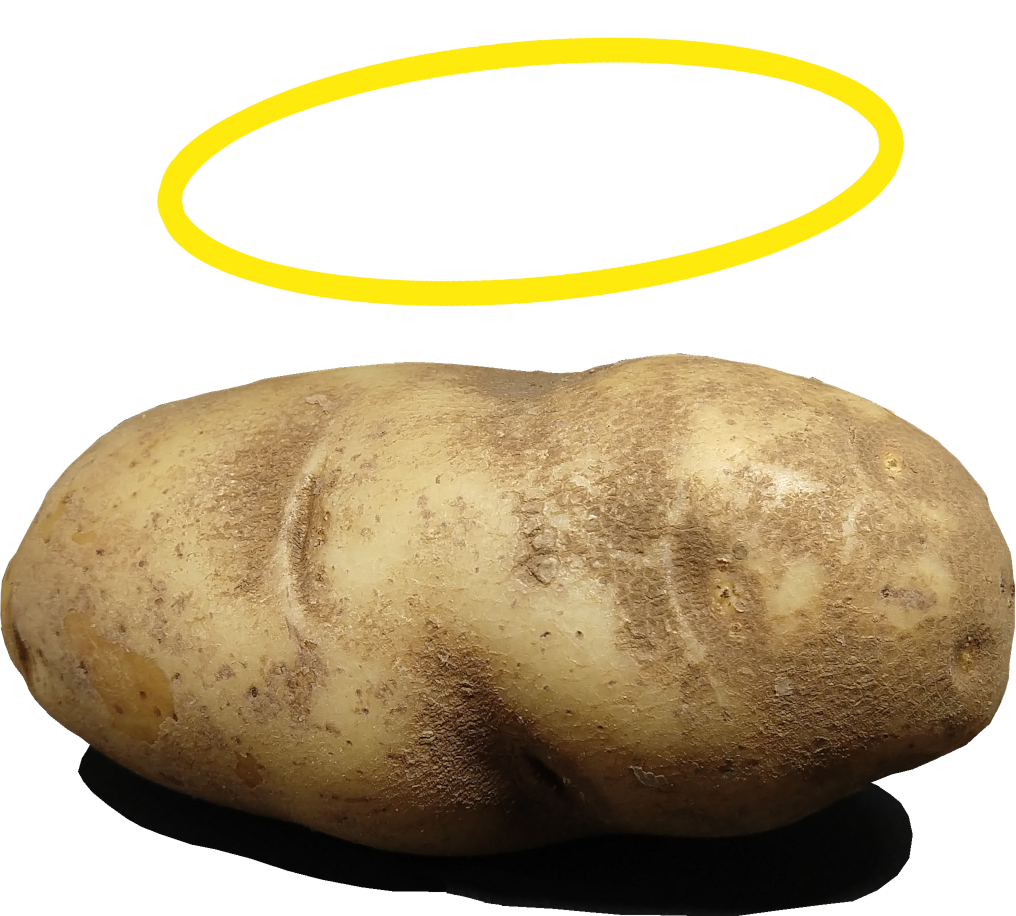
 |
Sacred Potato Productions |
 |
 | |||||||
spp > blog > the_black_cat_1966
Published Saturday, October 16, 2021 at 7:28pm
 Been a long time since my last reading of Edgar Allan Poe's "The Black Cat", but The Black Cat (1966) strikes me as an admirably good adaptation and update. That sounds great, but I didn't much enjoy it. I watched it because a lot of fans of cult classics got excited about it when it was released on BluRay in 2016. Paying attention to the social media buzz has acquainted me with some brilliant films and some real messes. I'll grant that it's well-made, even artistically interesting, but it's just not much fun, and it doesn't have a lot to offer when you already know the story. Pretty good sales pitch, huh? The Black Cat concerns an alcoholic animal lover named Lou (Robert Frost (no, not that one)) and his wife, Diana (Robyn Baker). Lou has recently inherited a house from his late step-parents. They're in a celebratory mood, so Diana has just brought Lou a present—a cat which he names Pluto. He already has a small menagerie of pets (including a monkey and a toucan), and he takes Pluto around to meet each of them in turn. He also pour champagne into the pets' water dishes, in case you had any questions about what kind of person he is. Lou takes to Pluto pretty quickly, but he's also an erratic drunk so after engaging in a little spousal abuse, he cuts Pluto's eye out. When Pluto is still hanging around the next night, he drunkenly fashions a noose from an electrical cord, ties it around the cat's neck, and plugs it in, causing a fire that burns down his house. Lou's father (in whose footsteps Lou is apparently following) didn't believe in insurance, and Lou drunkenly (you can assume that all of Lou's actions are performed drunkenly) blames the old man and the cat for his misfortune. He blows up at the family lawyer, at which point Diana insists that he get professional help. Electroshock therapy and insulin, in fact, because this was the '60s, and nobody thought to consult a doctor about the plot. Cleaned up and in a new house, Lou goes out on the town and comes back with a stray cat he's found that reminds him of Pluto. Unfortunately, having fallen off the wagon his behavior is again unpredictable, and while stomping around the basement with an axe to kill Pluto, he decides to take his wife out instead. There are some nice touches—Robert Frost plays an extremely convincing loutish drunk, and his numerous trips to the bar each involve a focus on live music. In fact, this movie puts an emphasis on the bands (or maybe it's one band in different outfits?) in those scenes, which is an interesting choice; they almost play like music videos. There are some strange choices, too, such as the decision to end the movie with a car chase. Remember the car chase in Poe's story? Neither do I. A glance through Harold Hoffman's filmography reveals that his entire career in the film industry fits inside seven years. The only other film he directed was Sex and Animals, but he wrote a few (well, six) others including Under Age and Free, White and 21. From those titles, I'm guessing that The Black Cat was his only stab at great art. So why does this movie have so many proponents in the cult film community? Well, to start with, it's a rarity that hasn't been seen much. A low budget movie with no distribution power to speak of didn't have the option of distribution via streaming in the '60s, so only a small audience ever had access to it. I think the main thing, though, is that it's awfully gory for a movie of its vintage. That shot of the axe sticking out of Diana's head—Google it, if you must, nerds—is extremely graphic for 1966. But this level of violence is wall-to-wall on primetime drama and isn't much of a selling point for anybody anymore; as I said, the story held nothing new for me.
| ||||||||
 |
 |
This page available under a Creative Commons Attribution-NonCommercial-ShareAlike 4.0 International License.
Some rights reserved, .